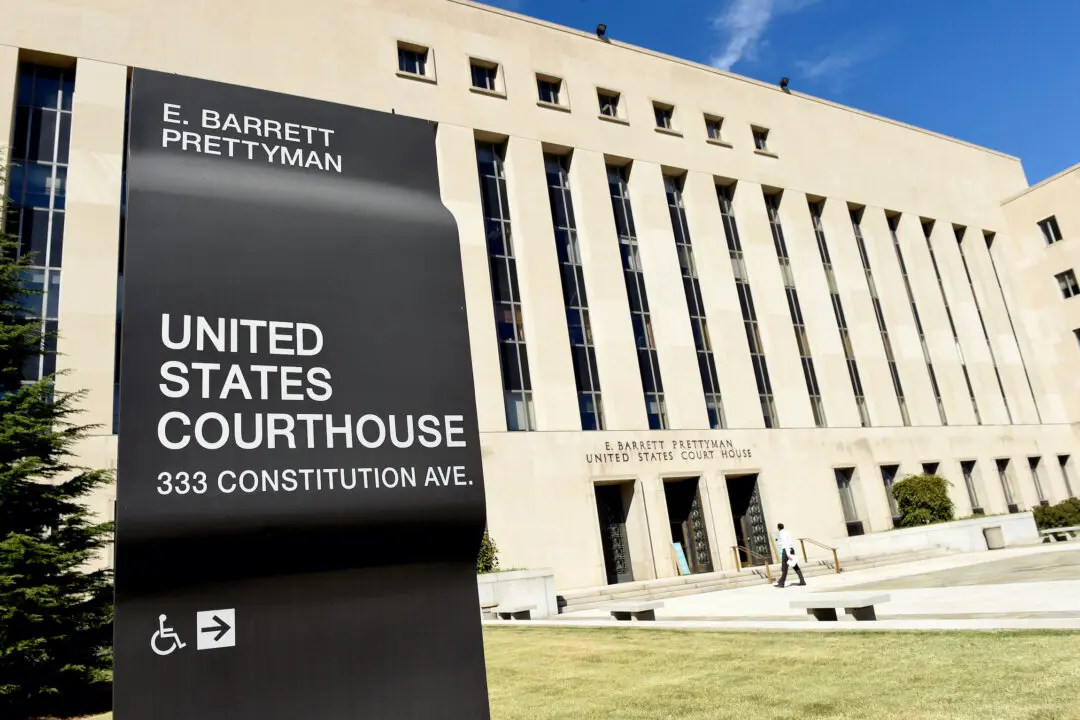When Dallas police used a bomb-carrying robot to kill a sniper, they also kicked off an ethical debate about technology’s use as a crime-fighting weapon.
In what appears to be an unprecedented tactic, police rigged a bomb-disposal robot to kill an armed suspect in the fatal shootings of five officers in Dallas. While there doesn’t appear to be any hard data on the subject, security experts and law enforcement officials said they couldn’t recall another time when U.S. police have deployed a robot with lethal intent.
The strategy opens a new chapter in the escalating use of remote and semi-autonomous devices to fight crime and protect lives. It also raises new questions over when it’s appropriate to dispatch a robot to kill dangerous suspects instead of continuing to negotiate their surrender.
“If lethally equipped robots can be used in this situation, when else can they be used?” says Elizabeth Joh, a University of California at Davis law professor who has followed U.S. law enforcement’s use of technology. “Extreme emergencies shouldn’t define the scope of more ordinary situations where police may want to use robots that are capable of harm.”
Dallas Police Chief David Brown defended his department’s decision. “Other options would have exposed our officers to great danger,” he said.
Dallas Mayor Mike Rawlings applauded Brown for making “the right call” and said he would have no qualms about resorting to the same strategy in the future. “When there’s no other way, I think this is a good example,” he said. “The key thing is to keep our police out of harm’s way.”





